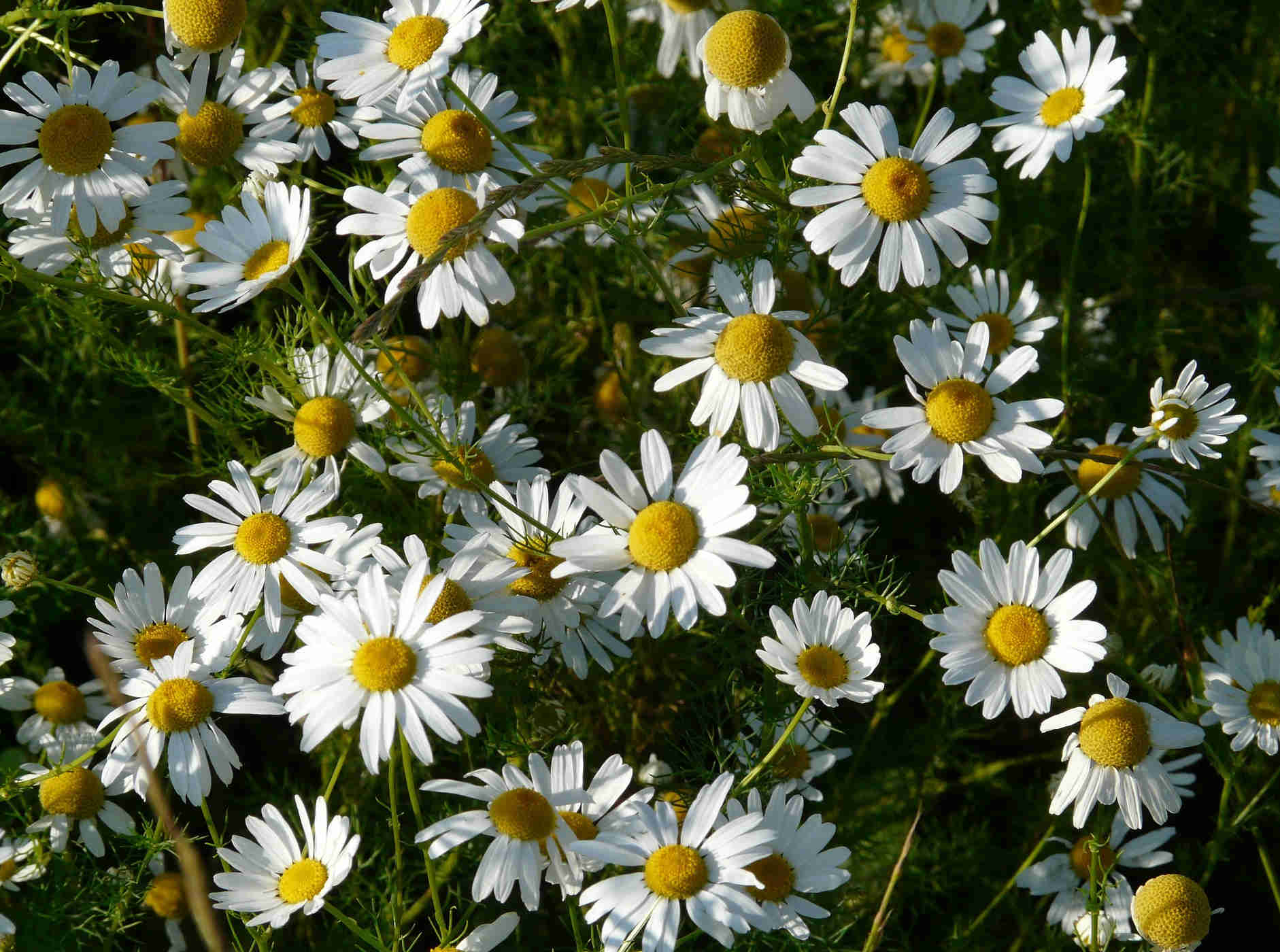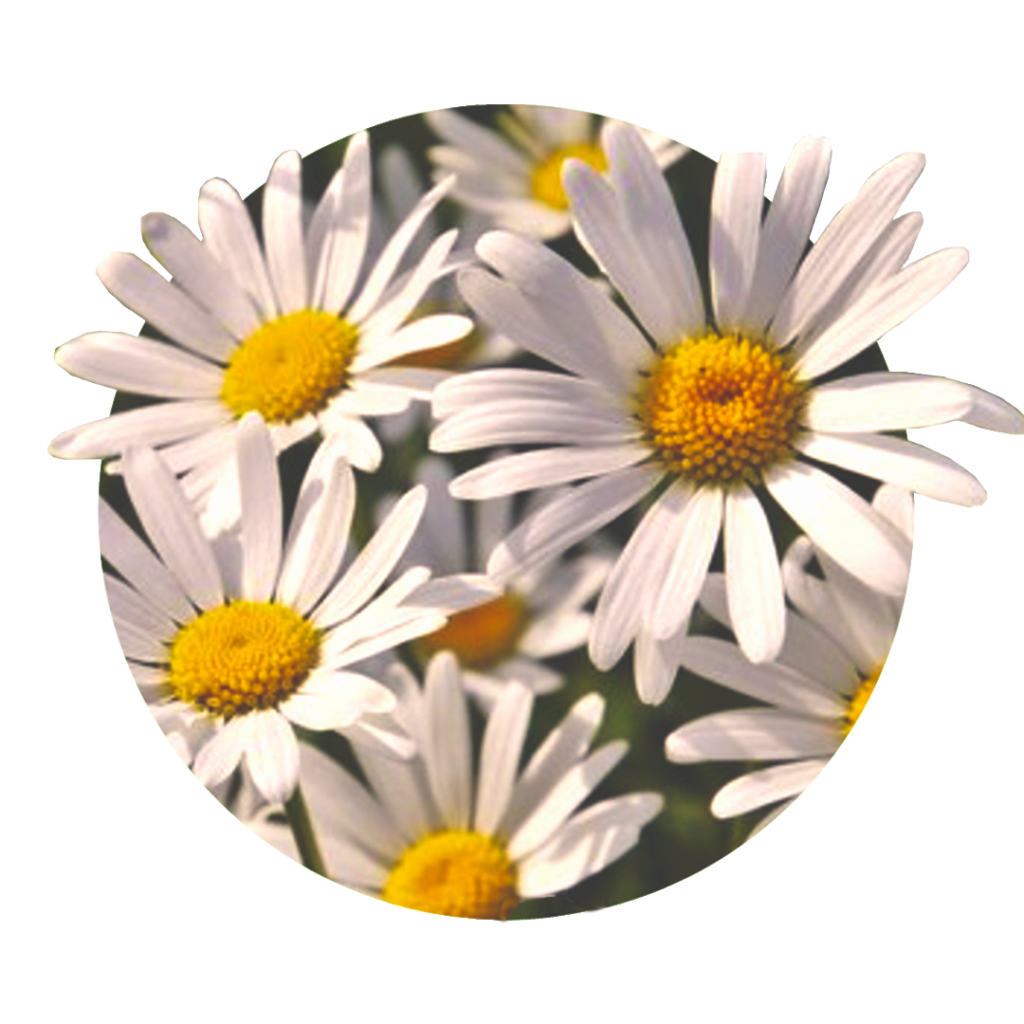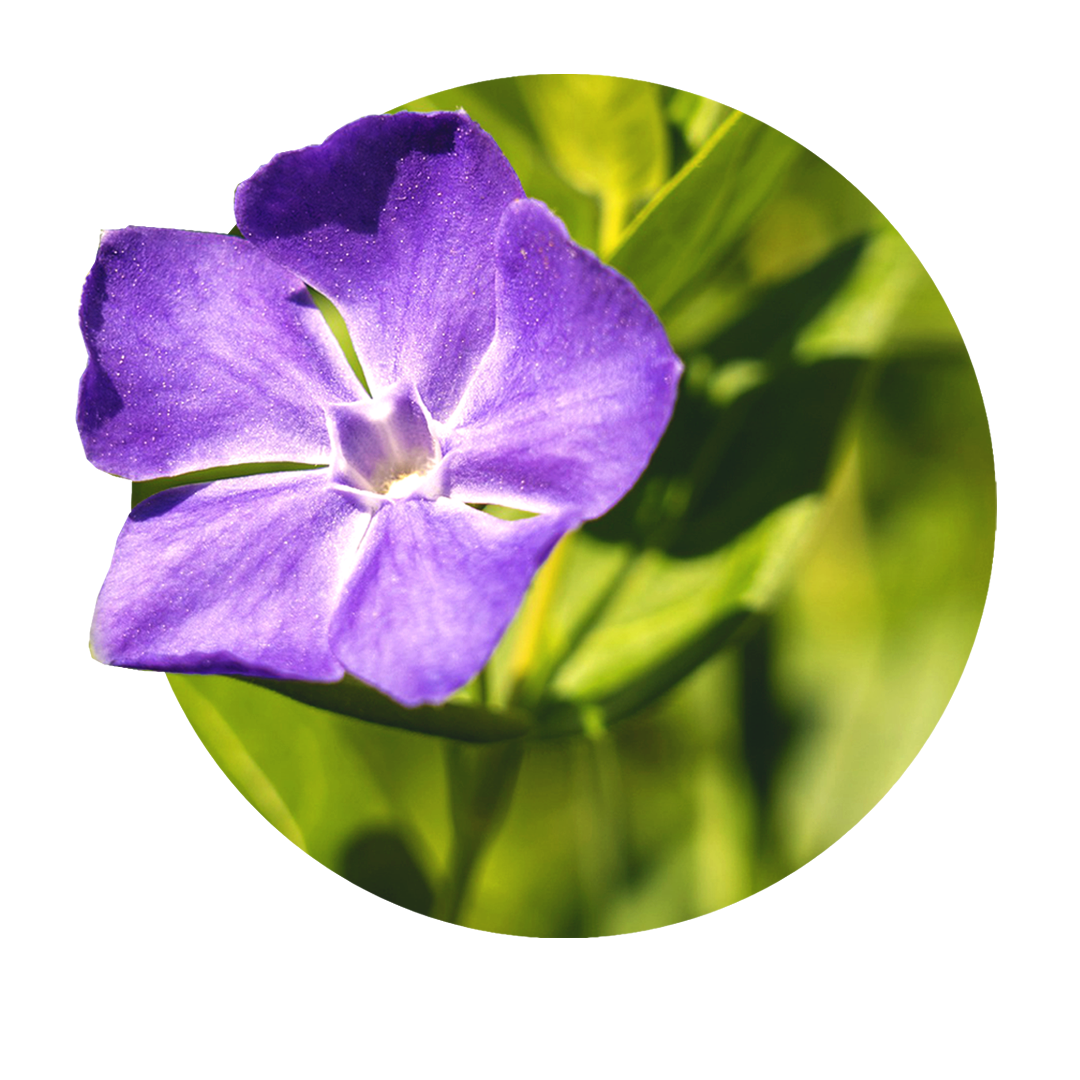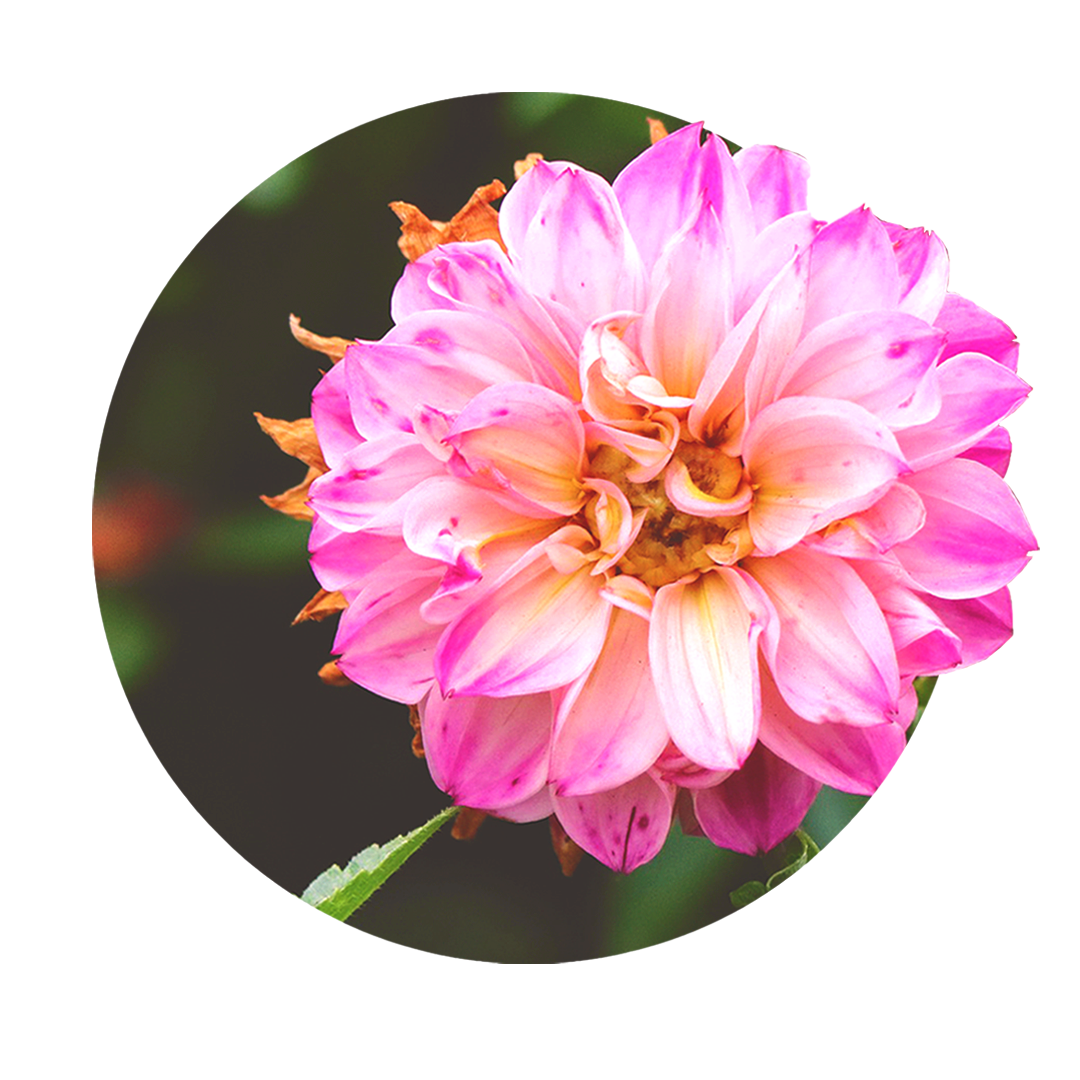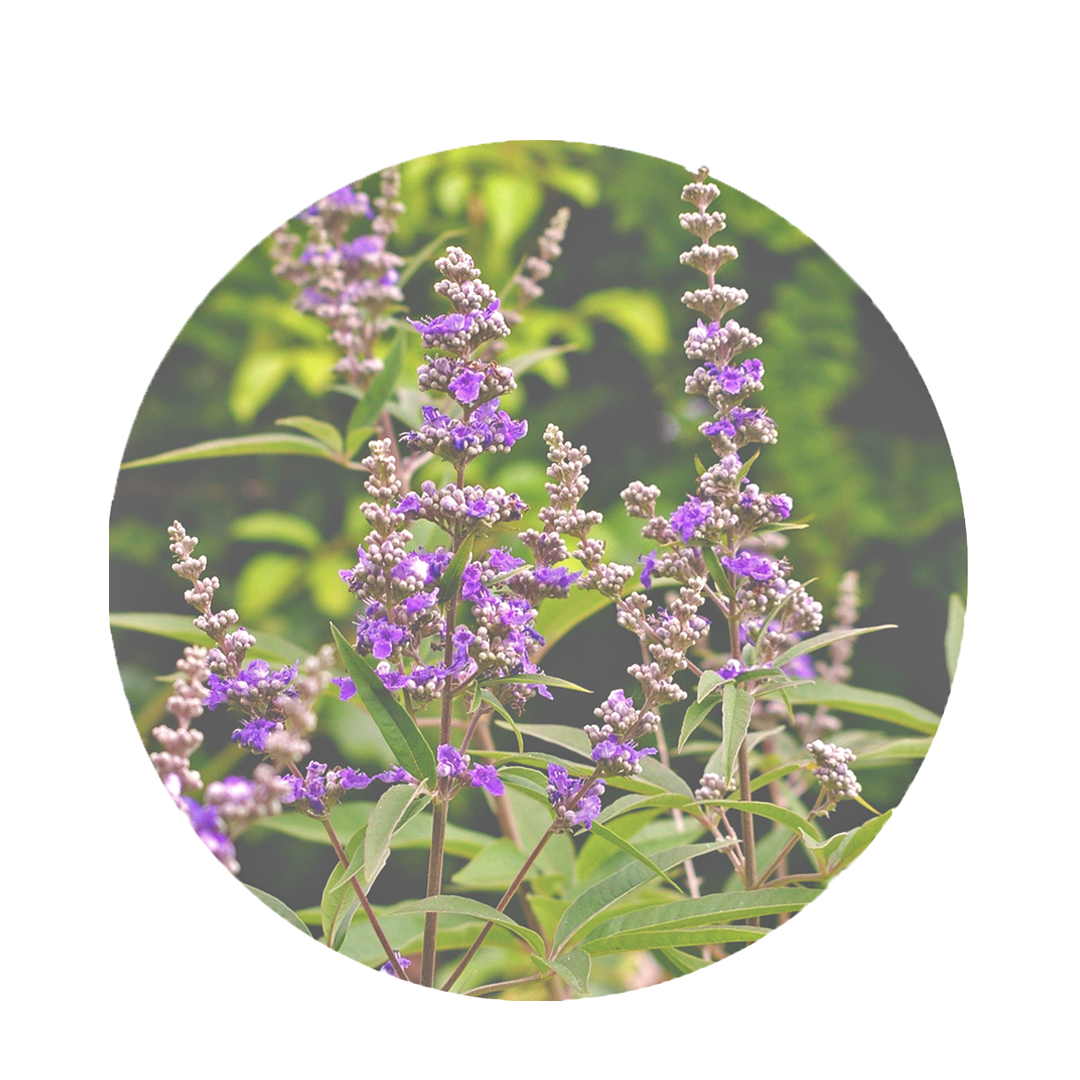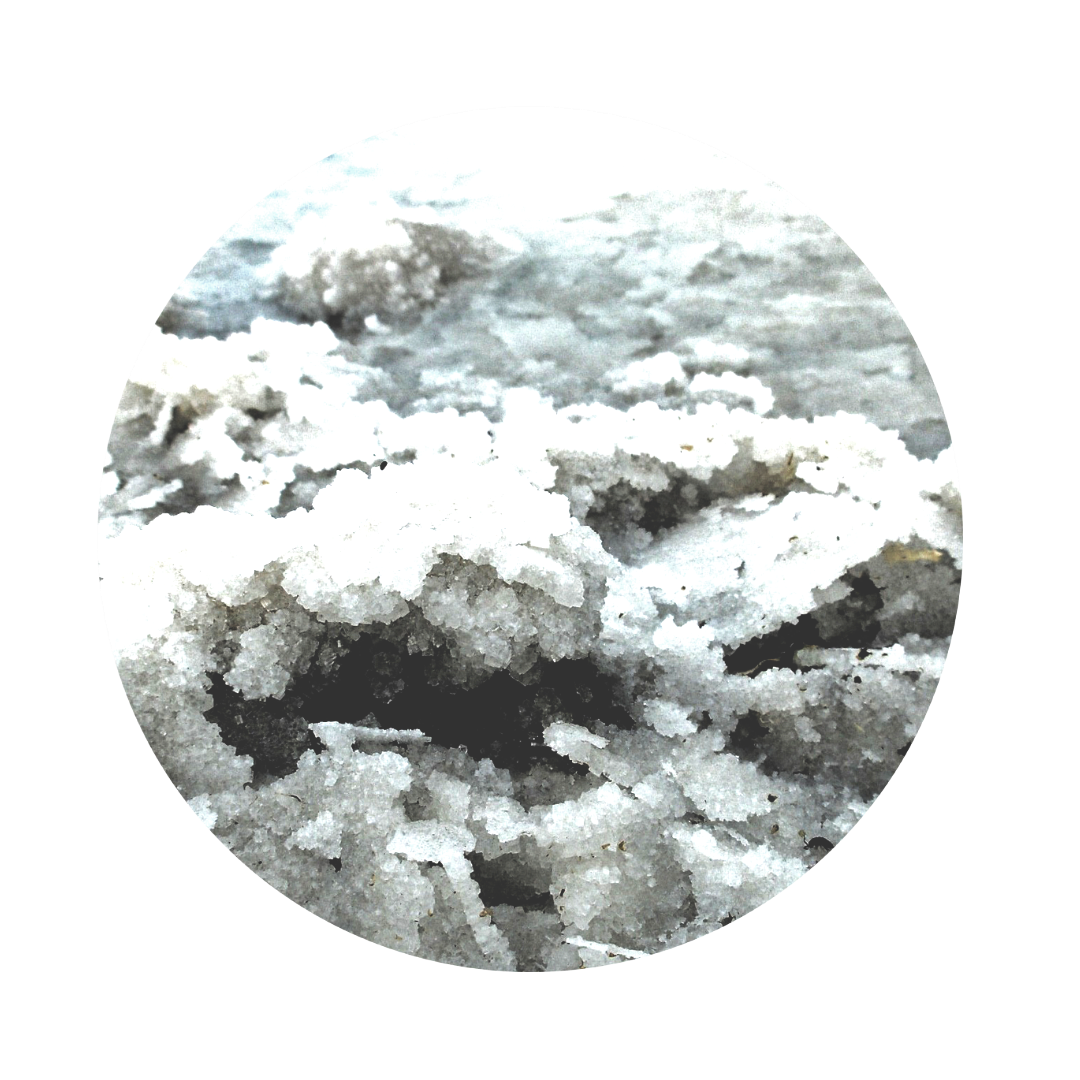Real chamomile: help with gastrointestinal complaints
Chamomile is one of the great medicinal plants. It is so versatile and so well researched that today it is really known to everyone. Its history begins in ancient times and ranges from applications for skin diseases, mouthwashes to the therapy of gastrointestinal complaints. Most often, people come into contact with the plant quite early, because very popular is its use for flatulence of small children. Therefore, mothers often resort to chamomile tea as a remedy.
Chamomile facts
Did you know that...
... it is almost extinct in the wild because it loves the proximity of grain and is therefore removed?
... chamomile in Western Europe is mostly grown in France?
... chamomile grows in Tyrol at up to 1300 meters?
What is chamomile?
Chamomile is a plant from the composite family that grows up to 60 cm high. It is an annual herb with pinnate leaves. The stalked flower heads have a diameter of up to 30 mm. The flower of chamomile has a yellow center and white petals hanging from it. Its fragrance is absolutely characteristic. Chamomile likes to grow on fallow fields or roadsides, where you can always find it while walking. It is quite undemanding in terms of soil, but loves to be near cornfields. The flowers are often processed into ointments, creams, distillates, etc., and have a permanent place in natural medicine or cosmetics. The mother tincture is usually prepared from the seeds, from which homeopathic or spagyric medicines are produced in further steps. Dilution of the mother tincture is essential, as the nux vomica is very toxic and cannot be dosed as a mother tincture.
General and healing properties of Chamomilla
The basic knowledge
Expectorant
Chamomile is expectorant. In case of stuck mucus in the bronchial tubes or sinuses, chamomile can help to loosen the mucus and cough it up. Inhaling with a chamomile decoction is suitable for this purpose. The mucus liquefies, flows away and the airways are free again.
Anti-inflammatory
Real chamomile is anti-inflammatory. Since chamomile has germicidal and anti-inflammatory properties, it is often used for inflammations of any kind. Externally for skin irritations and internally for stomach irritations, diarrhea or bladder irritations are just some of the indications for which chamomile can work wonders.
Blood purifying
Chamomilla is blood purifying. The blood naturally transports nutrients and waste products. The latter includes, for example, uric acid. This is a metabolic product of the purine metabolism and must be excreted. Excessive uric acid levels can lead to gout. Chamomile promotes the excretion of urinary substances such as uric acid, thus purifying the blood and protecting against worse consequences.
Antimicrobial
Chamomile is antimicrobial. It kills pathogens and rinses with chamomile extracts soothe inflamed tissue. This effect is often used for problems in the dental area, which is why the dentist should have chamomile firmly in his repertoire.
Chamomilla : Ingredients
Chamomile is quite well studied in terms of its ingredients. Its effects can therefore also be derived well.
You will find the following ingredients in Chamomilla:
- Chamomile essential oil (alpha-bisabolol, bisabolol oxides)
- Chamaviolin
- Matricin
- Flavonoids like apigenin
- Coumarins
- Mucilage
Chamomile: effect for body and mind
Chamomile is a soothing and anti-inflammatory plant. It has a decongestant and relaxing effect and has an expectorant effect. Due to its wide range of effects, it is widely used in natural medicine and can be found in many recipes. It is very nourishing and healing for skin and mucous membranes. The distinctive scent of chamomile also has an extremely relaxing effect on the soul. In traditional sauna infusions such as the hay sauna, Chamomilla is therefore often used. It loosens the body and soul, encourages you to let go, and its essential oil wonderfully cares for the entire respiratory tract. Lungs and bronchial tubes relax, old, stuck mucus is loosened and can be coughed up. The same applies to the sinuses. Inflammations decrease, the mucous membranes shrink and the mucus can drain.
Properties of chamomile
- Relaxing
- Antispasmodic
- Anti-inflammatory
- Antibacterial
- Blood purifying
- Expectorant
Fields of application in naturopathy
[Chamomilla matricaria]
The application possibilities of chamomile are wide and varied. Therefore, it is a widely used medicinal plant and is represented in the top 10 medicinal plants.
Chamomile for open skin wounds
Chamomilla is helpful for skin wounds in three ways. It soothes the irritated area, acts against potential infections and promotes wound healing of the skin. The mucilages it contains are particularly helpful in this regard. They soothe irritations and stimulate the tissue to regenerate.
Chamomile for open skin wounds
Chamomilla is helpful for skin wounds in three ways. It soothes the irritated area, acts against potential infections and promotes wound healing of the skin. The mucilages it contains are particularly helpful in this regard. They soothe irritations and stimulate the tissue to regenerate.

Chamomilla for gastrointestinal problems
The intestines can often cramp. Especially if you have eaten something wrong, spoiled or too heavy. Chamomile relaxes the muscles of the stomach, intestines and bile. This makes the cramps disappear. The digestive juices can flow freely, as they should, and digestion can proceed correctly.
Chamomile for sleep problems
Chamomile has a decongestant and thereby also a calming effect. For young children with a tendency to stomach cramps, chamomile has proved particularly useful as a sleep-inducing remedy. But adults can also improve their sleep with the help of chamomilla. Even aromatherapy can help a lot here.
Chamomile: effect for stress
Stress is an overstimulation of our sympathetic nervous system, where it can pinch everywhere in the body. Chamomile relaxes the body and calms the nerves so that the stress effect in the body subsides. Nervous twitches and stomach cramps disappear and a feeling of well-being returns.

Chamomilla for inflammation of the skin and mucous membranes
The skin, but also the mucous membranes, are interfaces of our body. This means that they are constantly exposed to potentially pathogenic agents such as fungi, viruses and bacteria. Their function is that of a barrier, but these interfaces can also become infected and then inflamed. Chamomile has antibacterial, antiviral and antifungal effects. It eliminates the pathogens and nourishes the skins with its mucilages, so that the inflammation disappears and the tissue heals again.
Chamomilla for headaches
Headaches often involve tense muscles and irritated mucous membranes. Chamomile soothes inflamed mucous membranes, takes out the inflammation and makes them swell again. It also relaxes the muscles and allows them to become loose again. As a result, headaches decrease and eventually disappear completely.

Chamomile for hay fever
In hay fever, the mucous membranes of the ear, nose and throat area are swollen because the mucous membranes react to the pollen with inflammation and swelling. Inhalations with chamomile decoction flush the mucous membranes so that the pollen no longer sits on the mucous membrane and ensure that the inflammation and thus also the swelling subside. The nose thus becomes freer again and breathing is easier.

Chamomile for the immune system
Chamomile has been observed to boost the production of white blood cells, or defense cells. These are responsible for intercepting invading bacteria, fungi and viruses and rendering them harmless. Therefore, chamomile promotes the non-specific defense and thus helps to become less susceptible to infections.
Chamomile for heartburn
In heartburn, the stomach produces too much gastric acid, which on the one hand can lead to acid regurgitation, and on the other hand also attacks the stomach lining. Chamomilla soothes the stomach, relaxes the muscles of the stomach and ensures that the cells of the stomach stop producing too much stomach acid. When the level of stomach acid is reduced to a normal level again, the heartburn also disappears.
Notes on the use of chamomile
Chamomile is very often administered in the home as a tea. Also, a bowl of dried chamomile flowers has proven its worth as aromatherapy. Otherwise, it is often a component of creams, ointments, drops and tablets. The particular dose depends on the product. The tea can be drunk for longer periods of time, the duration of taking the preparations varies from person to person.
Chamomile in pregnancy & lactation
There are no concerns for the use of chamomile during pregnancy and lactation.
Chamomilla for a daisy allergy
Caution should be exercised by patients who have a known allergy to daisies. Here, chamomile can trigger allergic reactions.
Discover our sprays
With natural methods such as the individual spagyric sprays from Zimply Natural, complaints can be treated and sustainably alleviated.
Use the healing power of Chamomilla!
Use the healing power of chamomile and our other more than 100 medicinal plants for the natural relief of your complaints. Improve your well-being and support your body, your mind and your soul! Use our configurator to create your personal spagyric spray, which is tailored to your needs and accompanies you on your natural path to the improvement of body, mind and soul.

